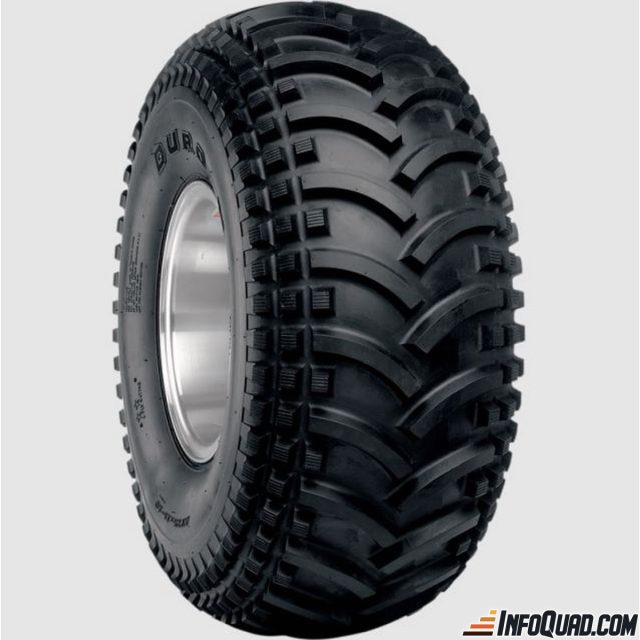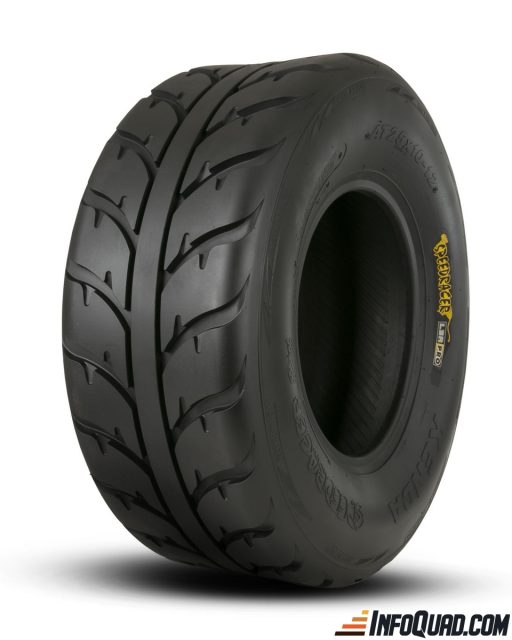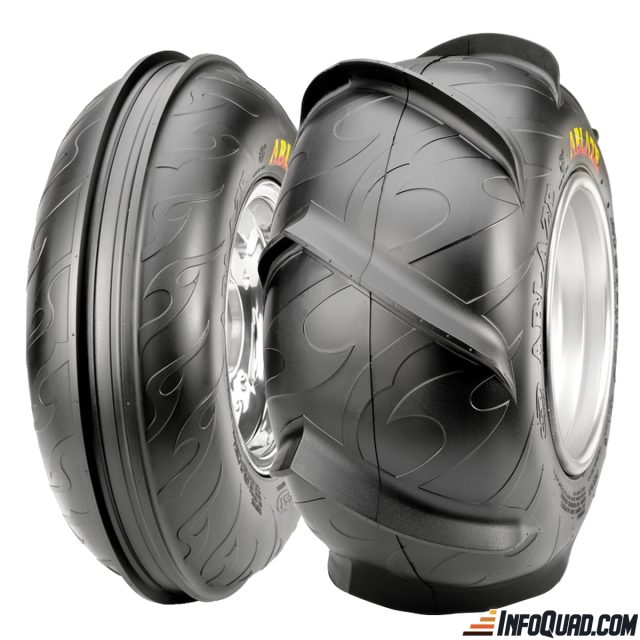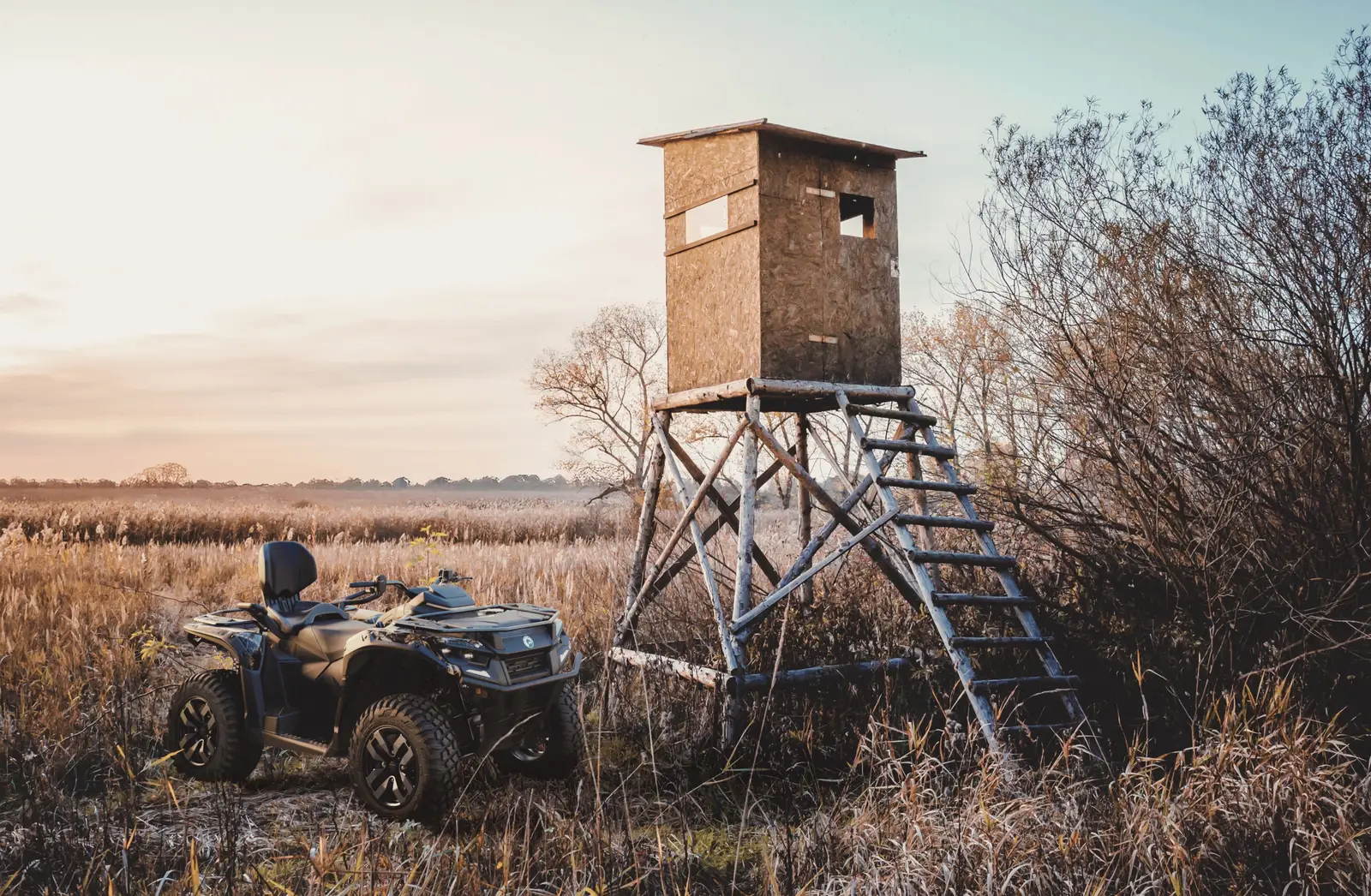Table of contents
Toggle- Types of tires.
- All-purpose tires for ATV
- All-terrain tire for mud
- Sport/ Performance/Racing Off-road Tire
- Off-road tire for the grass or hard ground.
- Off-Road Tire for Snow.
- Off-road tire for sand.
- Dimensions
- Recognize wear and tear and problems
- Possible repairs for off-road ATV tires.
- “Mushroom” style Stopper
- Rubber Bands “The Ropes”
- Patchs with Shutters
- “Slime” Product
- Radial rubber patches
- Replace the Air Chamber
- To Conclude
- Continue reading:
Are you using the right tire for your ATV or Cote-à-Cote? Occasionally, the tire used on your vehicle may not be the right fit. In this article, I’ll review some important points about known tire types. Why is it important to follow the manufacturer’s recommended dimensions? The existing means to repair a flat tire on the trail or at home.
Types of tires.
Nowadays, it is possible to find several types of tires, here are the 6 most popular classes:
- All-terrain all-purpose tire,
- All-terrain tire for mud,
- Sport/performance off-road tire
- Off-road tire for turf or hard ground
- Off-road tire for snow
- Off-road sand tire
All-purpose tires for ATV

Usually, the original tire is installed on your vehicle when it was designed. This type of stud will not be too aggressive but designed for all terrains, soft enough for hiking and innovative to last.
- Traction: **
- Comfort: ***
- Resistance:***
Application: Light to intermediate work, short to medium rides.
All-terrain tire for mud

This type of tire has aggressive lugs to shed mud and maintain traction. Rugged design to withstand punctures and highly unpredictable terrain.
- Traction: *****
- Comfort: *
- Resistance: *****
Application: Mud and soft ground
Sport/ Performance/Racing Off-road Tire

Robust studded tire to withstand sudden acceleration. The tire walls will be reinforced to survive rough terrain and sidewall punctures.
- Traction: ***
- Comfort: **
- Resistance: ****
Application: Clay and asphalt pavement
Off-road tire for the grass or hard ground.

This tire has a close, soft stud pattern that will provide a stable and comfortable ride on hard ground. The contact patch will be wide.
- Traction: ***
- Comfort: ****
- Resistance:**
Application: clay, soft ground and flat ground
Off-Road Tire for Snow.

Don’t be fooled by the way your tires look, even if they seem to be performing well enough with their studs. Winter ATV tires are designed for cold weather. Nature’s studs are aggressive but flexible. Wide design for better flotation on snow and slush. Sometimes a larger diameter will give you clearance between the ground and your ATV. Ask your dealer for the accepted sizes. Some tire models allow you to install metal studs if they are not already equipped with them.
- Traction: ****
- Comfort: ****
- Resistance:**
Application: winter rides or winter work.
Off-road tire for sand.

A tire designed for optimal traction in the dunes. It is formed with spoons or paddles all around its circumference. Whether it’s for coarse gravel or very fine gravel, you’ll get plenty of traction without worrying about getting stuck.
- Traction: *****
- Comfort: *
- Resistance:**
Application: Dunes, soft or rough terrain
Dimensions
dimensions
It is important to respect the sizes recommended by the manufacturer. Oversized tires or tires that do not follow the suggested values could cause you problems.
- Tires too big:
- The speedometer may display incorrect values
- Gasoline consumption will be affected
- The engine will be loaded more than normal. Premature deterioration of the engine.
- The clutch will be affected. Anticipated wear of traction system components.
- Tires too small :
- The speedometer may display incorrect values
- Engine speed may be affected. Premature wear and possible overheating of the engine.
- The clutch will be affected. Premature wear
- Mismatched tires or not the right dimensions in the front and rear:
- If the sizes are not respected, the wheels will not turn at the same speed. For 4×4 ATVs, transmission or differential failure is a possibility.
- Maneuverability can be affected
Recognize wear and tear and problems
Pressure:
- A tire with too much air: hard tire, less traction and comfort.
- A soft tire: Fuel consumption will be higher; the engine will be more stressed and handling will be influenced by premature tire wear.
Tread in poor condition:
- Bad air pressure in the tire
- Alignment failure
- Tired wheel bearings.
The Condition
- Regularly check the pressure in the tires.
- Visual inspection: check for screws, nails or anything else that could cause a puncture.
- The age of your tires is noticed for cracks or perforations.
Possible repairs for off-road ATV tires.
Here are the most common choices for tire repairs.
Tubeless option:
- Mushroom” type stopper
- The rubber bands are” the cords “.
- Patches with shutters
- Slime” product
Option with inner tube :
- Radial rubber patches
- Replace the inner tube
“Mushroom” style Stopper

A new product on the market, this process allows you to repair place without the need to remove the wheel. The device inserts a “mushroom” shaped plug into the hole where the puncture is located. The plug expands under pressure to fill the punctured area. This repair is similar to that made with a rubber cord, but much more durable. Repair is limited to the diameter of the plugs.
Rubber Bands “The Ropes”

This repair is done without removing the wheel if the leak remains visible. With a reamer, the puncture hole is prepared. The rubber cord is inserted into the puncture hole with the insertion tool. Easy and quick repair.
Patchs with Shutters

Highly practical repair, but requires several steps including removing the tire from the wheel. This type of plug is inserted from the inside of the tire. Surface preparation will be required, as an adhesive is needed to install the plug. Efficient repair, but a lot of technical manipulations.
“Slime” Product

This type of repair is more of a last resort or makeshift repair. Ideal for slow punctures or leaks around the rim. You remove the valve shell (a small point in the center of the valve) with a tool designed for this purpose. Afterwards, the fluid is introduced through the air inlet. Drive and check occasionally to make sure the tire stays inflated. Temporary repairs.
Radial rubber patches

The process is not expensive but requires several steps including the removal of the tire from the wheel. Remove the inner tube. Insert air into the tire and the tube will inflate to locate the air leak. Once located, clean the surface and apply the supplied or recommended adhesive. Inspect the inside of the tire in case any debris is still hiding. Proceed to reassembly being careful not to jam the tube.
Replace the Air Chamber
As for the “rubber radial patches”. Not an expensive process, but requires several steps including removing the tire from the wheel. Inspect the inside of the tire in case any debris is still hiding. Reassemble the tire, being careful not to jam the tube.
To Conclude
Ask yourself: What is my ATV used for? Is it used for farm work, running or trail riding in the summer and winter? This question will guide you in the right direction when choosing your tires. Remember, a tire in good condition and for the right application will pay off in many ways. You’ll save money, effort and maybe even gain in performance. If you have any questions or uncertainties, ask your dealer, he can help you.









